A Perfectly Composed Arrival—Almost.
The moment Alicia crossed my office threshold, she carried herself like someone preparing to navigate a minefield in heels. Her tailored beige blazer and minimalist gold watch screamed, I’ve got it all figured out, but the subtle slump in her shoulders whispered a different story. I couldn’t help but smile—after fifteen years as a therapist, I’ve learned to spot the little tells that speak volumes. And hers were practically shouting a story of unspoken stress, even if I sometimes still misread the chapter headings.
"So, I’m not entirely sure this holistic stuff is for me," she announced, her tone carrying that particular blend of skepticism usually reserved for people being offered crystal healing at a gas station. The way she hovered at the doorway reminded me of myself years ago when I first ventured into holistic therapy—armed with spreadsheets and statistics, hesitant to trust anything that couldn’t be neatly measured and graphed. Her careful skepticism felt familiar, like looking into a mirror from my own early days as a client.
"Don't worry," I assured her, gesturing to the cozy armchair across from me. "We won’t be chanting in caves. Though I do have a lovely collection of crystals gathering dust in my drawer if you’re feeling adventurous." That earned me a surprised laugh, and I watched as her professional armor cracked ever so slightly. It’s amazing how a little humor can defuse tension faster than any breathing technique—a reminder that sometimes, the best medicine is simply being human together.
"So, I’m not entirely sure this holistic stuff is for me," she announced, her tone carrying that particular blend of skepticism usually reserved for people being offered crystal healing at a gas station. The way she hovered at the doorway reminded me of myself years ago when I first ventured into holistic therapy—armed with spreadsheets and statistics, hesitant to trust anything that couldn’t be neatly measured and graphed. Her careful skepticism felt familiar, like looking into a mirror from my own early days as a client.
"Don't worry," I assured her, gesturing to the cozy armchair across from me. "We won’t be chanting in caves. Though I do have a lovely collection of crystals gathering dust in my drawer if you’re feeling adventurous." That earned me a surprised laugh, and I watched as her professional armor cracked ever so slightly. It’s amazing how a little humor can defuse tension faster than any breathing technique—a reminder that sometimes, the best medicine is simply being human together.
The Cost of Holding It All Together.
As she settled into the chair, I noticed what her carefully crafted facade couldn’t quite conceal: tension etched into her jawline, eyes shadowed by endless late-night strategy sessions, shoulders locked in the kind of rigidity that comes from too many hours at a standing desk. At 46, I’ve seen this look countless times—the I'm absolutely fine face that’s quietly asking for permission to exhale. A look I used to practice in my own mirror, back when I thought vulnerability was a software bug rather than a feature of being human.
"I'm just..." she paused, her exhaustion finally breaking through the polished surface, "completely drained. I wake up with headaches, can't sleep at night, and somehow everything I used to love about my work just feels... flat." Her gaze darted around my office, taking in the woven tapestry and softly whirring diffuser with the same skepticism she’d probably use to evaluate a competitor’s pitch deck. I could practically hear her internal monologue: Aromatherapy and meditation? How is this going to fix anything? But she stayed, and that told me everything I needed to know about how ready she was for change.
"I'm just..." she paused, her exhaustion finally breaking through the polished surface, "completely drained. I wake up with headaches, can't sleep at night, and somehow everything I used to love about my work just feels... flat." Her gaze darted around my office, taking in the woven tapestry and softly whirring diffuser with the same skepticism she’d probably use to evaluate a competitor’s pitch deck. I could practically hear her internal monologue: Aromatherapy and meditation? How is this going to fix anything? But she stayed, and that told me everything I needed to know about how ready she was for change.
Our early sessions revealed a childhood that played out like a perfectly curated Instagram feed—pristine on the surface but missing all the human bits that make life real. Alicia’s parents weren’t bad people; they were just too absorbed in their own lives to notice the emotional gaps they left behind. Her mother’s perpetual "Not now, darling, I’m in the middle of something," and her father’s laser focus on achievement created a home where feelings were treated like spam emails—filtered out before they could reach anyone’s inbox.
"They always wanted the best for me," she reflected, absently adjusting her Apple Watch. "And don’t get me wrong—their push for excellence is part of why I’m successful today. But sometimes..." she hesitated, fingers tracing the sleek metal band, "success feels like an empty house with perfect furniture that nobody sits on. These days I basically live at the office—at least there, the hum of servers feels more alive than my living room."
Looking at her tired eyes, I recognized the exhaustion of using work as white noise to drown out the silence. Watching her battle burnout while maintaining perfect composure stirred something in me—I remembered my own sleepless nights and the toll they took. While our deeper emotional work would take time, I knew we could start with something tangible: her relentless insomnia.
"They always wanted the best for me," she reflected, absently adjusting her Apple Watch. "And don’t get me wrong—their push for excellence is part of why I’m successful today. But sometimes..." she hesitated, fingers tracing the sleek metal band, "success feels like an empty house with perfect furniture that nobody sits on. These days I basically live at the office—at least there, the hum of servers feels more alive than my living room."
Looking at her tired eyes, I recognized the exhaustion of using work as white noise to drown out the silence. Watching her battle burnout while maintaining perfect composure stirred something in me—I remembered my own sleepless nights and the toll they took. While our deeper emotional work would take time, I knew we could start with something tangible: her relentless insomnia.

Our early sessions revealed a childhood that played out like a perfectly curated Instagram feed—pristine on the surface but missing all the human bits that make life real. Alicia’s parents weren’t bad people; they were just too absorbed in their own lives to notice the emotional gaps they left behind. Her mother’s perpetual "Not now, darling, I’m in the middle of something," and her father’s laser focus on achievement created a home where feelings were treated like spam emails—filtered out before they could reach anyone’s inbox.
"They always wanted the best for me," she reflected, absently adjusting her Apple Watch. "And don’t get me wrong—their push for excellence is part of why I’m successful today. But sometimes..." she hesitated, fingers tracing the sleek metal band, "success feels like an empty house with perfect furniture that nobody sits on. These days I basically live at the office—at least there, the hum of servers feels more alive than my living room."
Looking at her tired eyes, I recognized the exhaustion of using work as white noise to drown out the silence. Watching her battle burnout while maintaining perfect composure stirred something in me—I remembered my own sleepless nights and the toll they took. While our deeper emotional work would take time, I knew we could start with something tangible: her relentless insomnia.
"They always wanted the best for me," she reflected, absently adjusting her Apple Watch. "And don’t get me wrong—their push for excellence is part of why I’m successful today. But sometimes..." she hesitated, fingers tracing the sleek metal band, "success feels like an empty house with perfect furniture that nobody sits on. These days I basically live at the office—at least there, the hum of servers feels more alive than my living room."
Looking at her tired eyes, I recognized the exhaustion of using work as white noise to drown out the silence. Watching her battle burnout while maintaining perfect composure stirred something in me—I remembered my own sleepless nights and the toll they took. While our deeper emotional work would take time, I knew we could start with something tangible: her relentless insomnia.
Data-Driven Healing
The dark circles under her eyes weren’t just telling a story; they were offering us a place to begin healing. I suggested we start with some biological detective work—comprehensive blood panels to map out how stress was reshaping her internal landscape. When I mentioned adding biotracking to get real-time insights into her stress responses and sleep patterns, her eyes lit up with the kind of enthusiasm usually reserved for promising beta tests. Nothing captures a tech founder’s attention quite like the promise of downloadable personal data.
"This is where the Oura Ring comes in," I explained, pulling out the sleek black band. Her expression shifted from intrigued to skeptical faster than a failed server deployment.
"It’s... chunky," she observed, holding it up like a curious artifact from a less aesthetically pleasing dimension. "But I suppose my watch could use a conversation partner." That hint of dry humor told me we were on the right track, even if her new wellness tracker wouldn’t be making any best-dressed lists.
"This is where the Oura Ring comes in," I explained, pulling out the sleek black band. Her expression shifted from intrigued to skeptical faster than a failed server deployment.
"It’s... chunky," she observed, holding it up like a curious artifact from a less aesthetically pleasing dimension. "But I suppose my watch could use a conversation partner." That hint of dry humor told me we were on the right track, even if her new wellness tracker wouldn’t be making any best-dressed lists.
While waiting for the test results, I suggested some simple techniques to ease her chronic tension.
"Let’s start with five minutes of chair yoga between Zoom calls," I offered, watching for signs of tech-founder skepticism. "These stretches specifically target the tight muscles in your neck and shoulders that are likely contributing to your headaches. "She shot me the kind of look usually reserved for cryptocurrency pitches, but the promise of fewer headaches won.
Next came her evening wind-down protocol—digital sunset, ambient lighting, and a hot bath infused with calming herbs, followed by a guided meditation backed by enough research papers to fill a Dropbox folder.
"You want me to turn off my phone an hour before bed?" she asked, as if I’d suggested deleting her entire cloud backup. But when I framed it as optimizing her brain’s natural sleep algorithm for peak morning performance, she was willing to give peace a chance.
As her sleep data improved and headaches eased, we layered in more support. Blood work confirmed her body was running on emergency protocols, so we fine-tuned her nutrition and added targeted supplements to help her system recalibrate. These measurable wins, combined with our weekly conversations, built something equally measurable—trust.
"Let’s start with five minutes of chair yoga between Zoom calls," I offered, watching for signs of tech-founder skepticism. "These stretches specifically target the tight muscles in your neck and shoulders that are likely contributing to your headaches. "She shot me the kind of look usually reserved for cryptocurrency pitches, but the promise of fewer headaches won.
Next came her evening wind-down protocol—digital sunset, ambient lighting, and a hot bath infused with calming herbs, followed by a guided meditation backed by enough research papers to fill a Dropbox folder.
"You want me to turn off my phone an hour before bed?" she asked, as if I’d suggested deleting her entire cloud backup. But when I framed it as optimizing her brain’s natural sleep algorithm for peak morning performance, she was willing to give peace a chance.
As her sleep data improved and headaches eased, we layered in more support. Blood work confirmed her body was running on emergency protocols, so we fine-tuned her nutrition and added targeted supplements to help her system recalibrate. These measurable wins, combined with our weekly conversations, built something equally measurable—trust.
Beyond the Metrics.
Then came the moment when all our careful data gathering took a backseat to raw emotion.
During a discussion about her startup’s latest funding round, her carefully maintained composure wavered. "I’m fine," she insisted—her default debug response. "Are you?" I asked softly, letting the question settle.
When the tears came, they were quiet but profound.
"I haven’t cried like this since... well, maybe since I was a kid," she whispered, looking both relieved and puzzled. I let the moment breathe, then said softly, “You don’t have to carry this alone.” That’s when I mentioned Sedona—a place to step away, not to escape, but to reset.
"A weekend retreat could be our next step," I suggested.
She raised an eyebrow. "I can do crying," she said, dabbing her eyes with a returning spark of humor, "but I draw the line at sunrise drum circles." We shared a quiet laugh and spent the rest of the session exploring the possibility
During a discussion about her startup’s latest funding round, her carefully maintained composure wavered. "I’m fine," she insisted—her default debug response. "Are you?" I asked softly, letting the question settle.
When the tears came, they were quiet but profound.
"I haven’t cried like this since... well, maybe since I was a kid," she whispered, looking both relieved and puzzled. I let the moment breathe, then said softly, “You don’t have to carry this alone.” That’s when I mentioned Sedona—a place to step away, not to escape, but to reset.
"A weekend retreat could be our next step," I suggested.
She raised an eyebrow. "I can do crying," she said, dabbing her eyes with a returning spark of humor, "but I draw the line at sunrise drum circles." We shared a quiet laugh and spent the rest of the session exploring the possibility
The Quiet That Changed Everything.
The red rocks of Sedona worked their magic. Under a star-scattered sky, during a sound healing session, I watched the tension melt from her shoulders. "I didn’t realize how loud my head is until it got so quiet out here," she reflected later, her voice carrying the wonder of someone who’d just discovered a hidden room in their own house.
"I didn’t realize how loud my head is until it got so quiet out here," she reflected later, her voice carrying the wonder of someone who’d just discovered a hidden room in their own house. Back in Austin, the changes snowballed. She started setting boundaries at work, delegating tasks, even dipping her toes into dating.
Our six-month mark arrived with a different Alicia—one who wore jeans instead of power blazers, who read novels for fun, who realized relationships could feel safe. "If you’d told me I’d be doing wellness retreats and desk yoga, I would’ve snorted coffee up my nose," she laughed. "But here I am, actually feeling... well, good."
"I didn’t realize how loud my head is until it got so quiet out here," she reflected later, her voice carrying the wonder of someone who’d just discovered a hidden room in their own house. Back in Austin, the changes snowballed. She started setting boundaries at work, delegating tasks, even dipping her toes into dating.
Our six-month mark arrived with a different Alicia—one who wore jeans instead of power blazers, who read novels for fun, who realized relationships could feel safe. "If you’d told me I’d be doing wellness retreats and desk yoga, I would’ve snorted coffee up my nose," she laughed. "But here I am, actually feeling... well, good."
And that’s why I love this work—watching someone reconnect with themselves in a way they never thought possible. To realize they weren’t lost, just out of sync with their own truth. Sometimes, all it takes to start that journey is something as small as a single choice—a moment of stillness, a breath, or even a ring that just so happens to match your watch.

